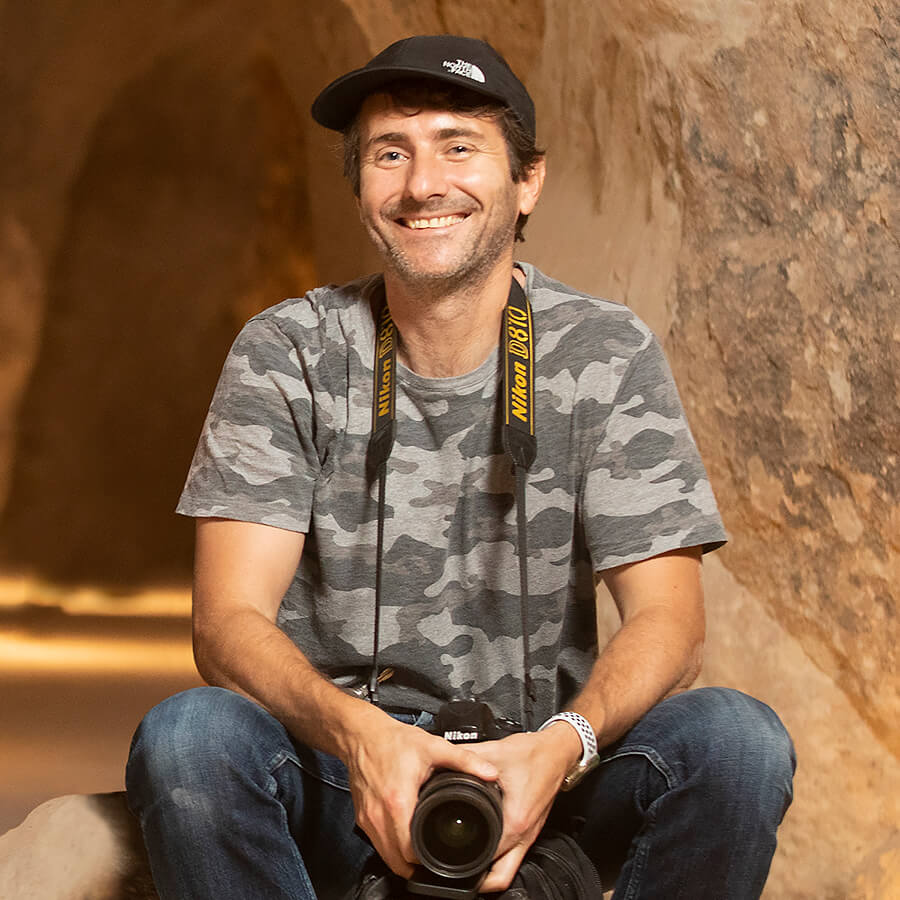Peter Bogaczewicz is a Canadian photographer and an architect currently developing projects in the Middle East. He divides his time between the two disciplines, often blurring the line between them, and uses his photography as a commentary on the built environment and the human community, how both are changing at a time of rapid progress and growing global interconnectedness, and the impact this has on the natural environment. There is no clearer reflection of a society's aspirations than through its collective "footprint" on nature; it is in the relationship of the constructed world to the natural world that a crucially revealing conversation takes place. Examining this dialogue captures Peter's imagination and appears as a common thread throughout his work, inviting the questions: How do we relate to the places we inhabit? And what does it reveal about us? Peter has recently had his photographs of Saudi Arabia published as a monograph by Daylight books and is regularly receiving recognition for his work.
Kingdom of Sand and Cement
Looking from the outside, the Kingdom of Saudi Arabia appears doubly inaccessible: a seemingly endless inhospitable landscape populated by a traditionalist culture distrustful of outsiders. But looking from the inside reveals a subtler view: the culture, as different as it is, struggles with its identity like other cultures do at a time of growing global interdependencies and pressures to progress. What distinguishes Saudi Arabia in its struggle is that this country has had very little time to adapt. Though its abundance of oil wealth has given it an unprecedented advantage, at the same time, it ironically threatens its way of life.
"Kingdom of Sand and Cement" explores the particular challenge Saudi Arabia is faced with as the country transitions from the tribal desert culture to an influential world power. It is a profound change, taking its population from mud buildings to the tallest of skyscrapers in less than a century. And while the whole country rapidly transforms from arid landscapes dotted with settlements, that seem to simply grow out of the ground, to imposing modern interventions, cutting, filling, and monumentalizing dominance over nature and the land, Saudi Arabia finds itself precariously balancing at a crossroads of old and new. The population adjusts, straddling both tradition and modernity, while its changing landscape readies it for more to come.
The Series documents this relatively unfamiliar place at a time of its unique turning point. By photographically examining its past and present "markings" on nature—that crucial intersection of the built environment with that of the natural environment—the Series brings to light the country's aspirations tensely juxtaposed with its traditionalist past. The contrasts reveal an image of a place much different from our own, yet a place ultimately not so dissimilar to others in its ambition to progress, and susceptible as any to the risks of rapid and often careless transition.
More about the book Kingdom of Sand and Cement